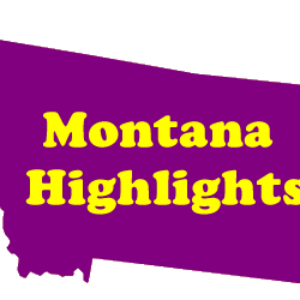By Glenn Minnis, The Center Square
Precisely half the respondents polled in a new State Policy Network survey of 2,041 registered voters say the federal government is “failing or doing a poor job” at preventing internal corruption. That’s compared to only 23% of respondents who say the federal government is good or excellent at preventing corruption.
At the same time, well over half of all voters also give lawmakers in Washington D.C. an unsatisfactory mark when it comes to their handling of taxpayer dollars, with 54% agreeing the government deserves a poor or failing mark on the issue. Just 22% of respondents say the federal government does a good or excellent job at spending tax dollars.
By comparison, only 36% of voters said they see state governments faring as poorly, with just 32% of respondents agreeing that they would give them a poor or failing grade.
“Very little of what happens at the federal level is focused on tangible benefits to people so voters rightly assume that the government is not working for them,” SPN messaging strategist Erin Norman told The Center Square in explaining how so many have come to have such varying views about branches of government.
“People also have experience watching government struggle to respond to urgent needs,” she added. “COVID-19 is a great example and spanned two very different administrations showing it’s more than political – it is problems with the very nature of the federal government.”
In addition, only 27% of voters feel the federal government is good or excellent at effectively getting things done, compared to 34% who say the same about their state government. Only 25% of those surveyed say the federal government is good or excellent at “serving people like me rather than special interest groups.” That’s compared to 37% who say the same about state government.
With just 45% of voters saying they feel the federal government’s performance is responsive to the needs of their community, Norman said lawmakers have much work to do to make more voters feel like government is truly at work for them.
“Work should be pushed down to the most local level of government possible where people are more likely to know people from their community involved in the work and see the tangible benefits to policy,” she said. “It is going to be very hard in today’s environment for people to see the federal government as serving them directly or for the federal government to pivot to more personal service.”



